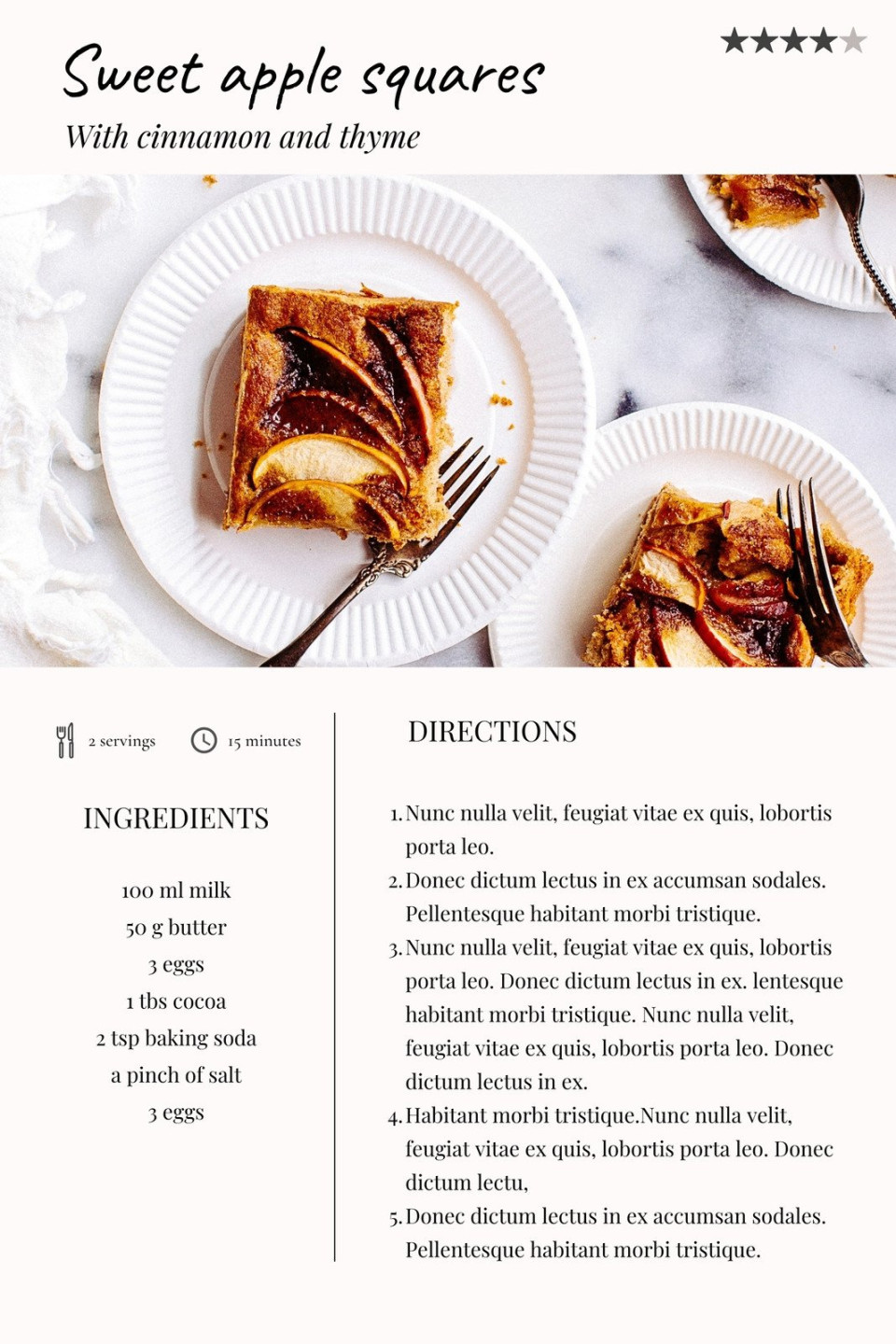Recipe Card design templates serve as the visual foundation for presenting culinary creations in a visually appealing and informative manner. A well-crafted template can elevate a simple recipe into a professional and inviting presentation. This guide will delve into the essential elements of creating professional recipe card design templates that convey trust and professionalism.
Layout and Structure

The layout of a recipe card design template should be clean, uncluttered, and easy to navigate. Consider the following key elements:
Headings and Subheadings: Use clear and concise headings and subheadings to guide readers through the recipe.
Typography
Typography plays a crucial role in creating a professional and inviting recipe card design template. Choose fonts that are easy to read and complement the overall aesthetic. Consider the following guidelines:
Font Selection: Opt for fonts that are clean, legible, and appropriate for the culinary theme. Sans-serif fonts like Arial or Helvetica are often good choices.
Color Palette
A well-chosen color palette can enhance the visual appeal and professionalism of a recipe card design template. Consider the following factors:
Brand Consistency: If you have an established brand, ensure the color palette aligns with your brand guidelines.
Visual Elements
Visual elements can add interest and personality to a recipe card design template. Consider incorporating the following:
Icons: Use relevant icons to represent ingredients, cooking methods, or dietary restrictions.
Call to Action
A clear call to action can encourage readers to take the next step, whether it’s trying the recipe, sharing it with friends, or visiting your website. Consider adding a button or a phrase that prompts action.
Conclusion
By carefully considering these elements, you can create professional recipe card design templates that not only inform but also inspire and engage your audience. Remember to focus on clarity, consistency, and visual appeal to create templates that leave a lasting impression.